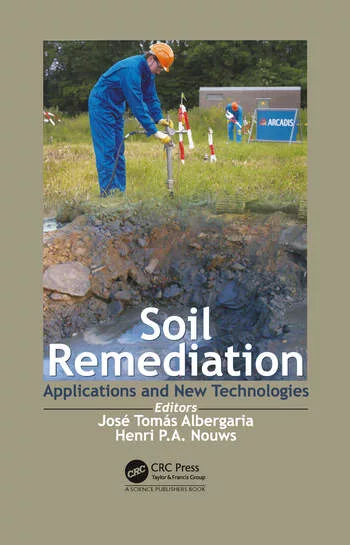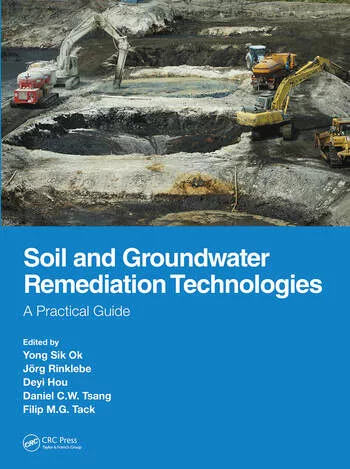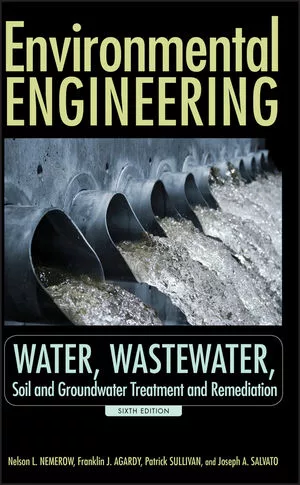New Jersey publishes soil remediation standards for PFAS
PFNA, PFOA, PFAS and GenX contaminants receive soil standards in New Jersey.
.webp?t=1666127696)
Photo by Jimmy Woo Man Tsing on Unsplash
- NJDEP has established interim soil remediation standards for four per- and polyfluoroalkyl (PFAS) soil contaminants, effective immediately.
- The new standards require the investigation of the potential presence of these contaminants in soil at properties currently undergoing, or undertaking future, cleanup activities.
- Parties with properties impacted under the new standards should take steps to assess compliance requirements and related regulatory timeframes and act accordingly.
On October 17, 2022, the New Jersey Department of Environmental Protection (NJDEP) published in the New Jersey Register that effective immediately, the NJDEP has promulgated interim soil remediation standards for four per- and polyfluoroalkyl substances (PFAS).
These new standards will require properties undergoing cleanup activities currently, or in the future, to investigate the potential for these PFAS contaminants in soil, and to remediate these contaminants to levels below applicable NJDEP standards. In addition to potentially increased investigation and remediation expenses, parties conducting cleanups should assess these new standards and plan accordingly in order to meet their NJDEP timeframes.
The NJDEP established interim soil standards for perfluorononanoic acid (PFNA), perfluorooctanoic acid (PFOA), perfluorooctane sulfonate (PFOS), and hexafluoropropylene oxide dimer acid and its ammonium salt (GenX), as follows:
Contaminant |
Soil Remediation Standard: Ingestion-Dermal Residential (mg/kg) |
Soil Remediation Standard: Ingestion-Dermal Nonresidential (mg/kg) |
Soil Remediation Standard: Migration to Groundwater (mg/kg) |
Soil Leachate Remediation Standard: Migration to Groundwater (µg/L) |
PFNA |
0.047 |
0.67 |
Area of Concern / Site-Specific |
0.26 |
PFOA |
0.13 |
1.8 |
Area of Concern / Site-Specific |
0.28 |
PFOS |
0.11 |
1.6 |
Area of Concern / Site-Specific |
0.26 |
GenX |
0.23 |
3.9 |
N/A |
N/A |
As indicated above and on the NJDEP’s Interim Remediation Standards webpage, the interim soil remediation standards include set values for the residential and nonresidential Ingestion-Dermal Exposure Pathway. The Migration to Groundwater Exposure Pathway will require an area of concern/site-specific calculation using the Synthetic Precipitation Leaching Procedure described in N.J.A.C. 7:26D. The NJDEP indicates that they have not yet developed standards for the Inhalation Exposure Pathway due to insufficient inhalation toxicity and chemical property information. The NJDEP states that the “nature of these chemicals, including their toxicity, bioaccumulation, and potential health effects, indicates the need for interim remediation standards, so that PFNA, PFOA, PFOS, and GenX that are present in soil can be investigated and remediated to protect public health.”

.webp?height=200&t=1669173788&width=200)




